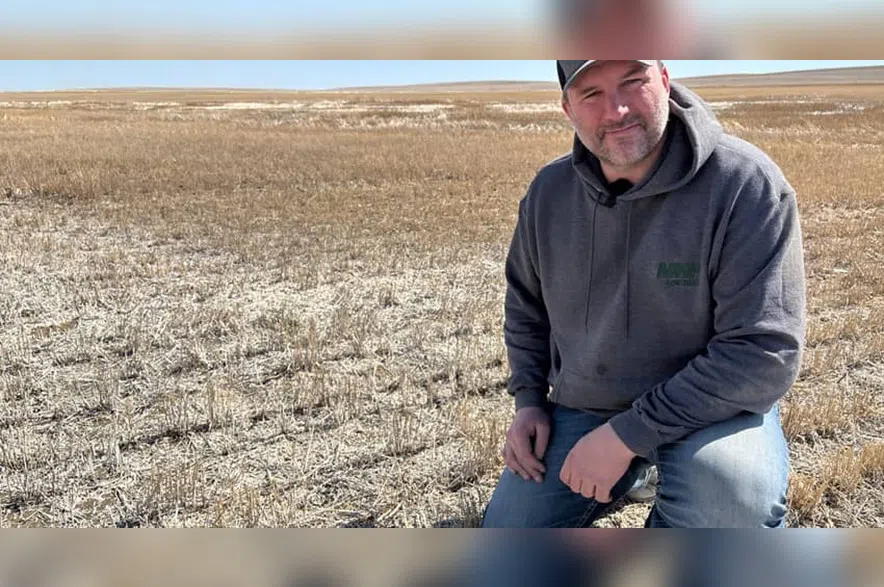Kochia is more than just a prolific weed. It’s a master opportunist, especially in saline soils where crop competition is limited.
In this episode of RealAgriculture’s Wheat School, Mike Palmier, partner and agronomist with MNP AgIntellect, joins Amber Bell to break down why salinity and kochia so often go hand-in-hand, and what farmers can do to manage both more effectively.
Read More:
At its core, salinity is a water problem.
“We have a high water table within these areas with a high level of salts,” said Palmier.
Over time, evaporation pulls that water to the surface, leaving behind salts and making it harder for crops to establish. This lack of competition creates an ideal environment for kochia to thrive, especially since kochia doesn’t like competition and actually grows quite well in saline areas.
Tillage, while often used to knock back weed pressure, can make the situation worse.
“Tillage is probably the worst thing you can do in these areas… that increases the evaporation rates which, again, leaves more salts on the surface,” said Palmier.
He recommended mowing weeds to prevent seed spread, especially in areas where “you know exactly where (kochia) is.”
When it comes to cropping options, barley stands out as the best annual choice for saline areas. Grasses or salt-tolerant alfalfa can also work in less severe spots. Palmier’s top tips? Reduce inputs in these zones, increase seeding rates to improve establishment, and manage standing water to help push salts deeper over time.
With the right approach, those tough acres don’t have to be a total loss, he said.











